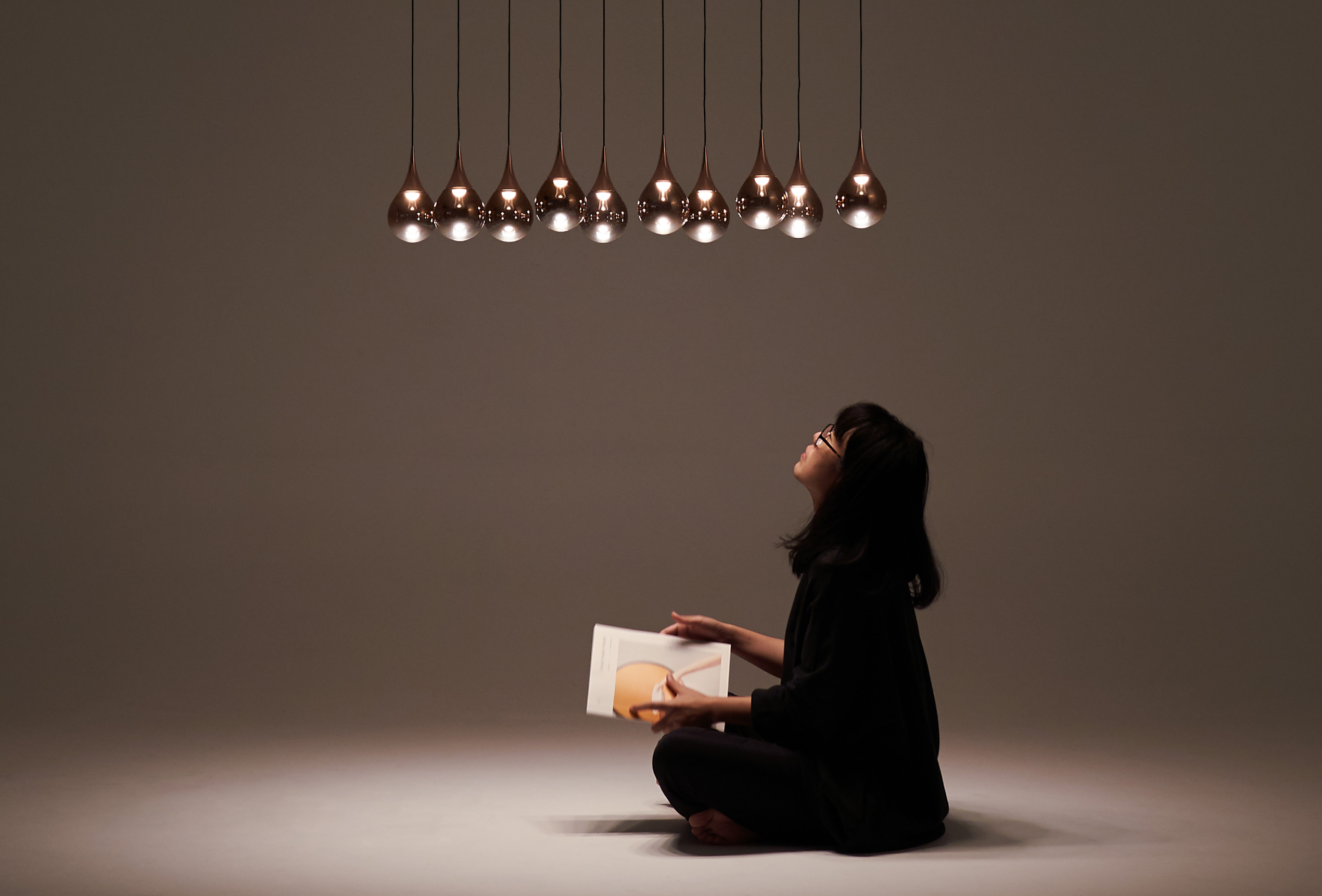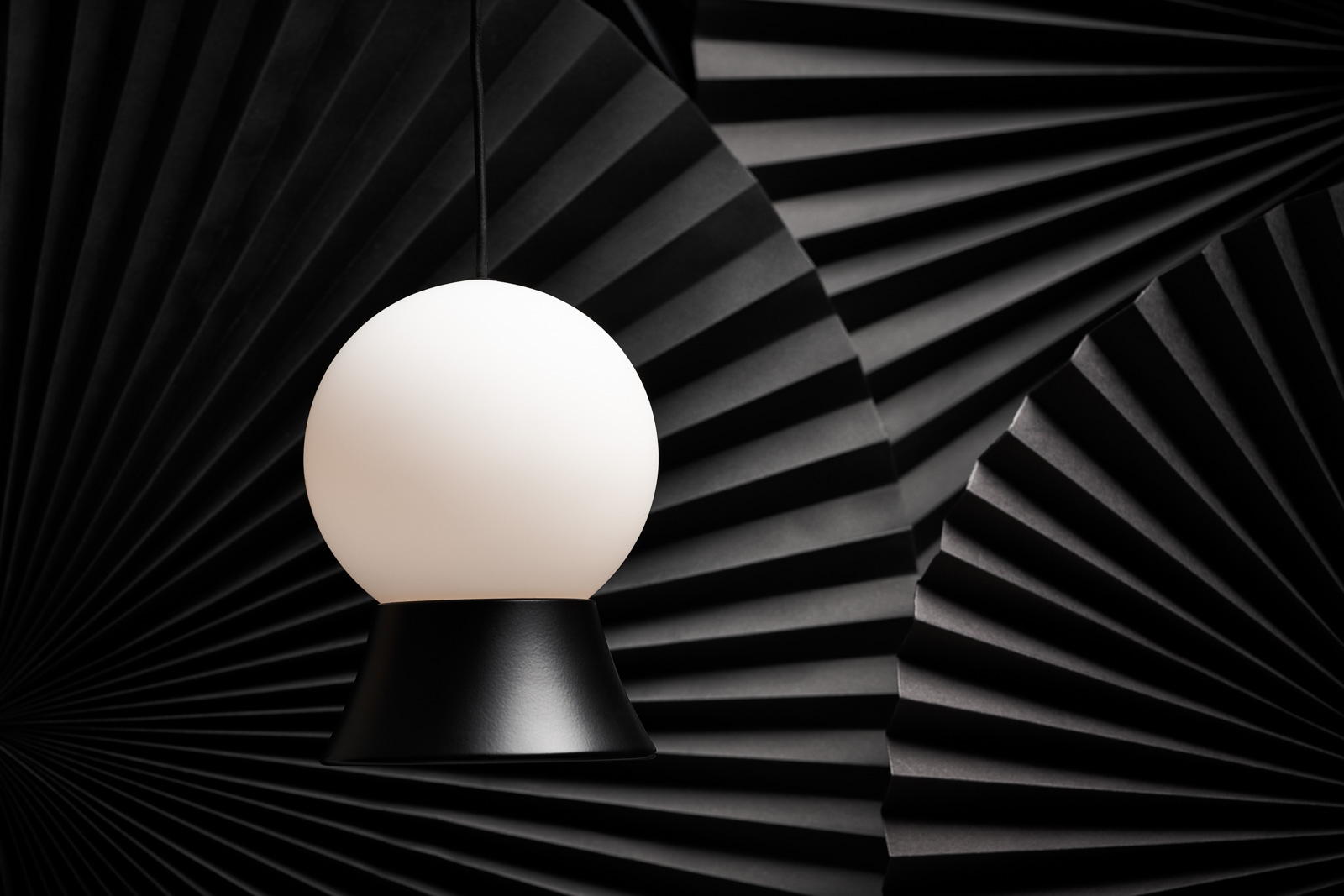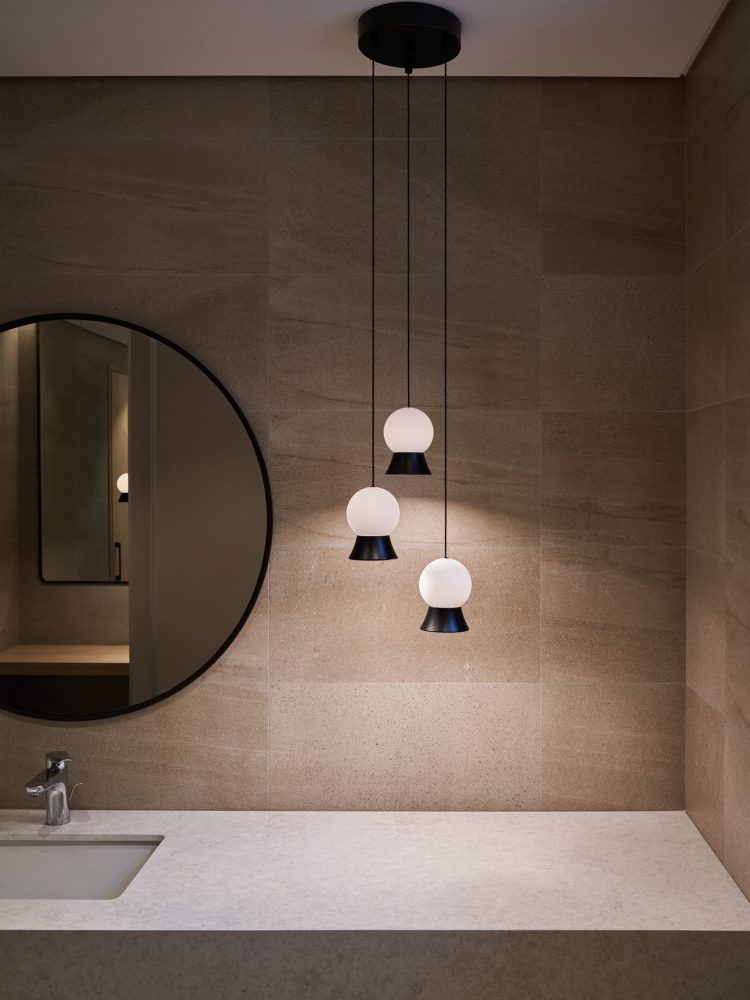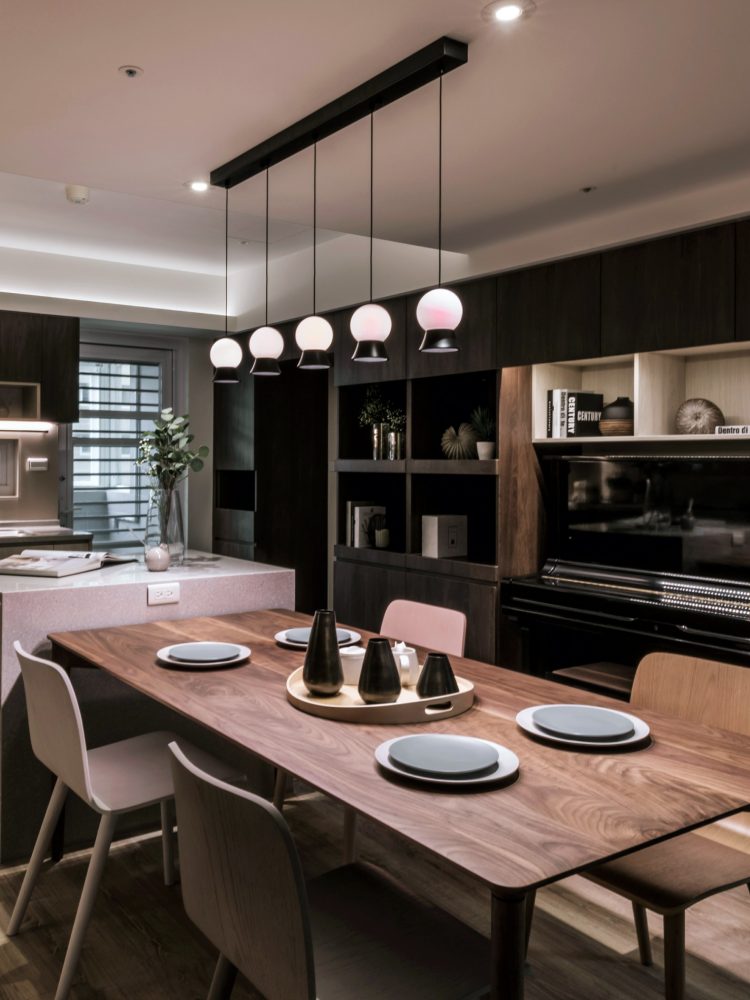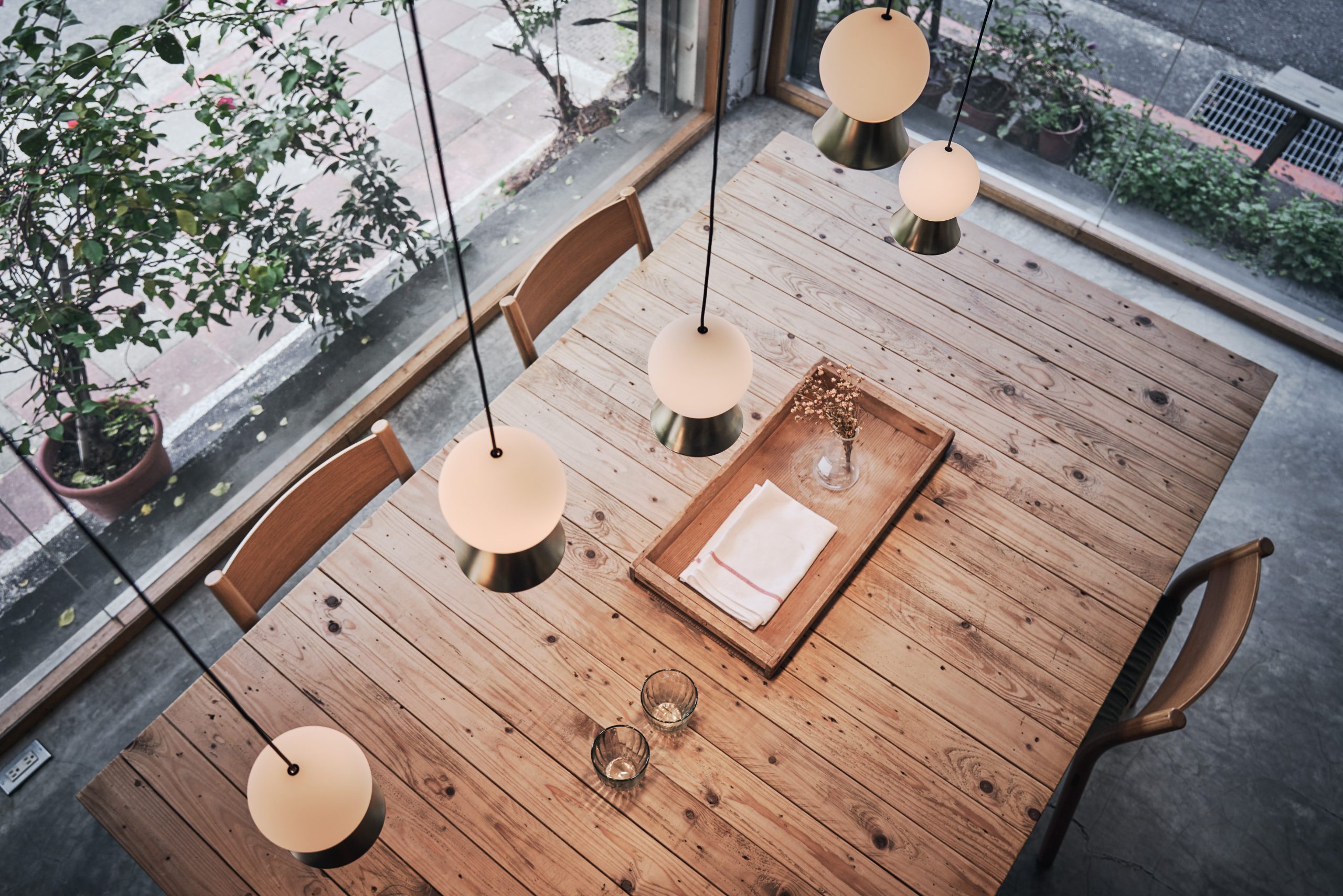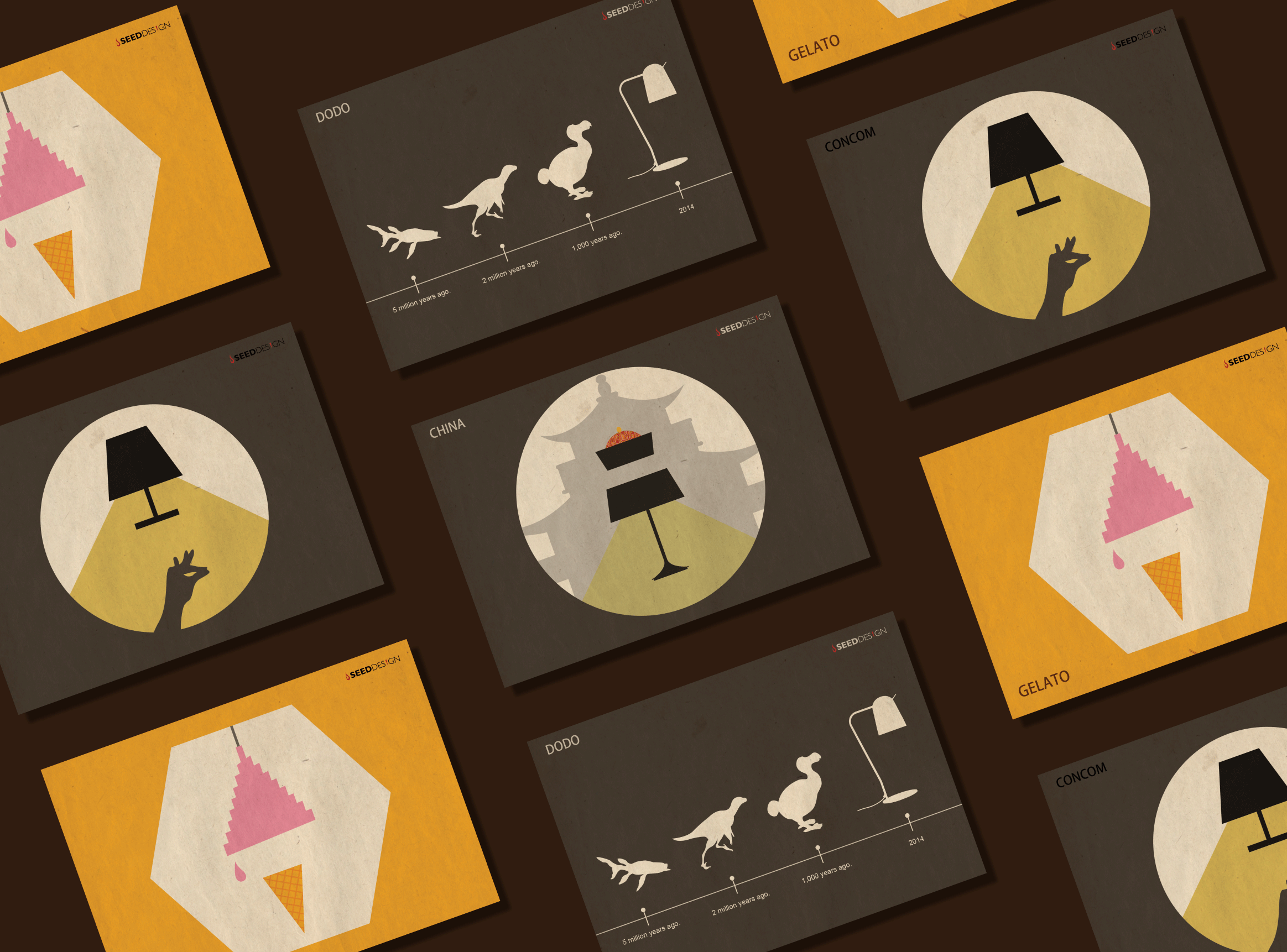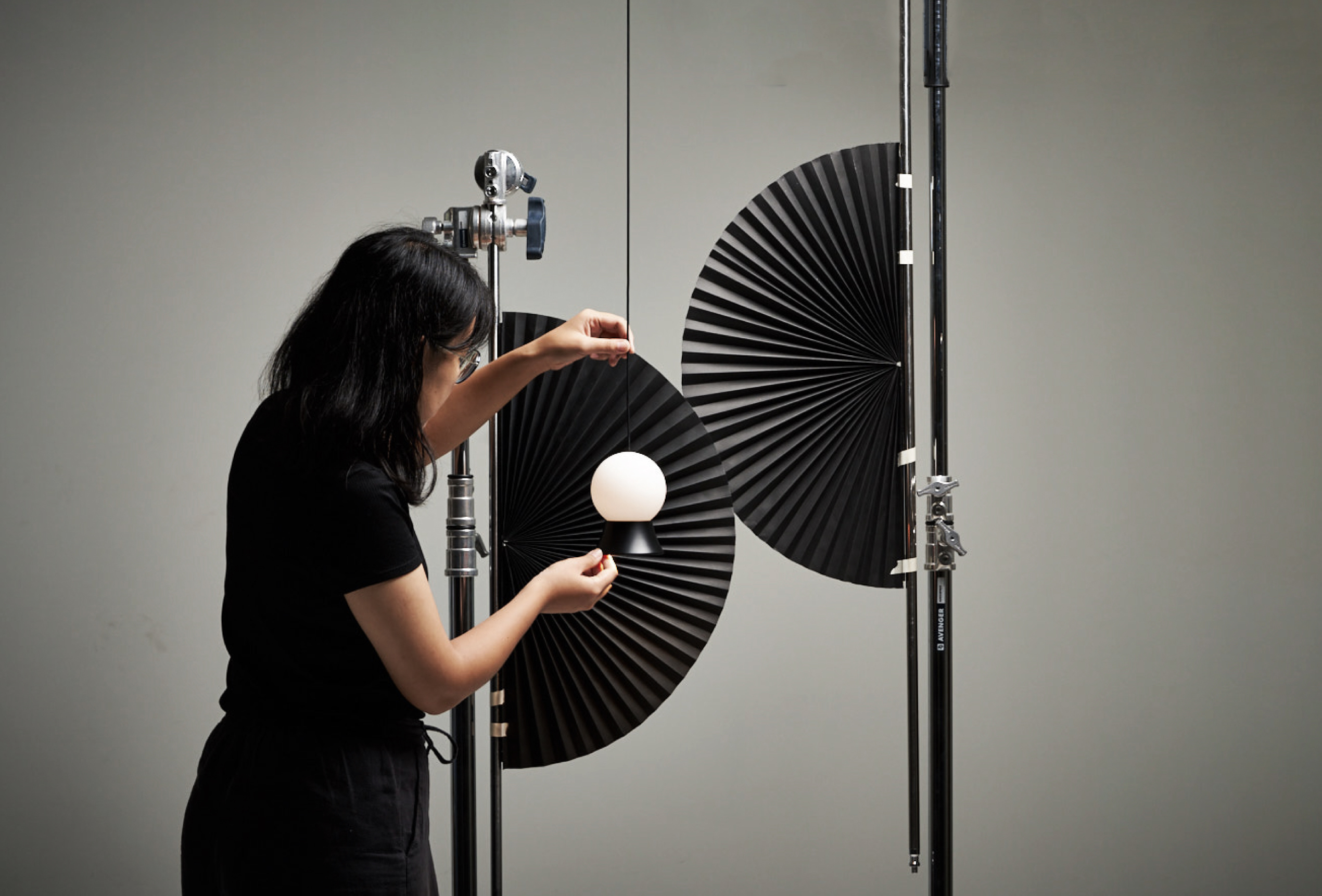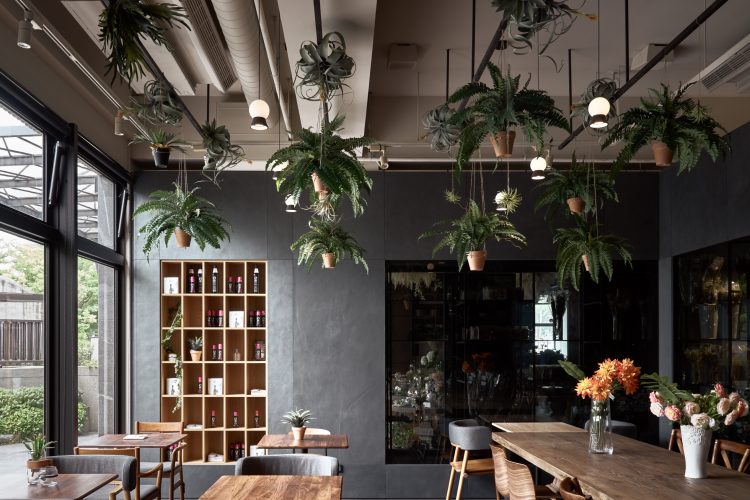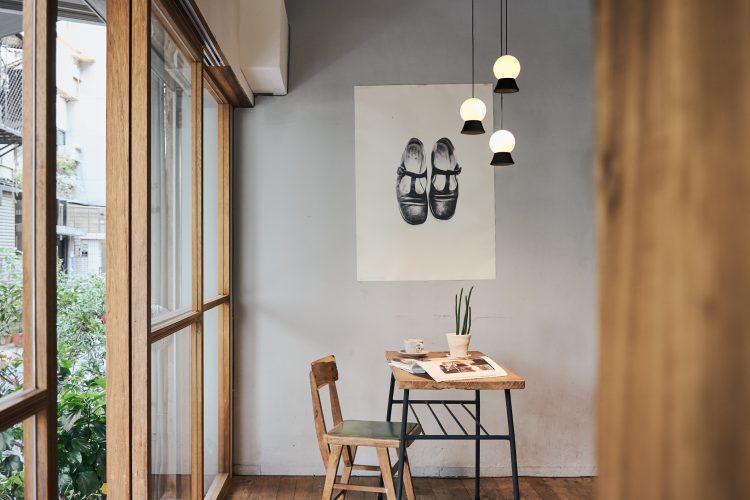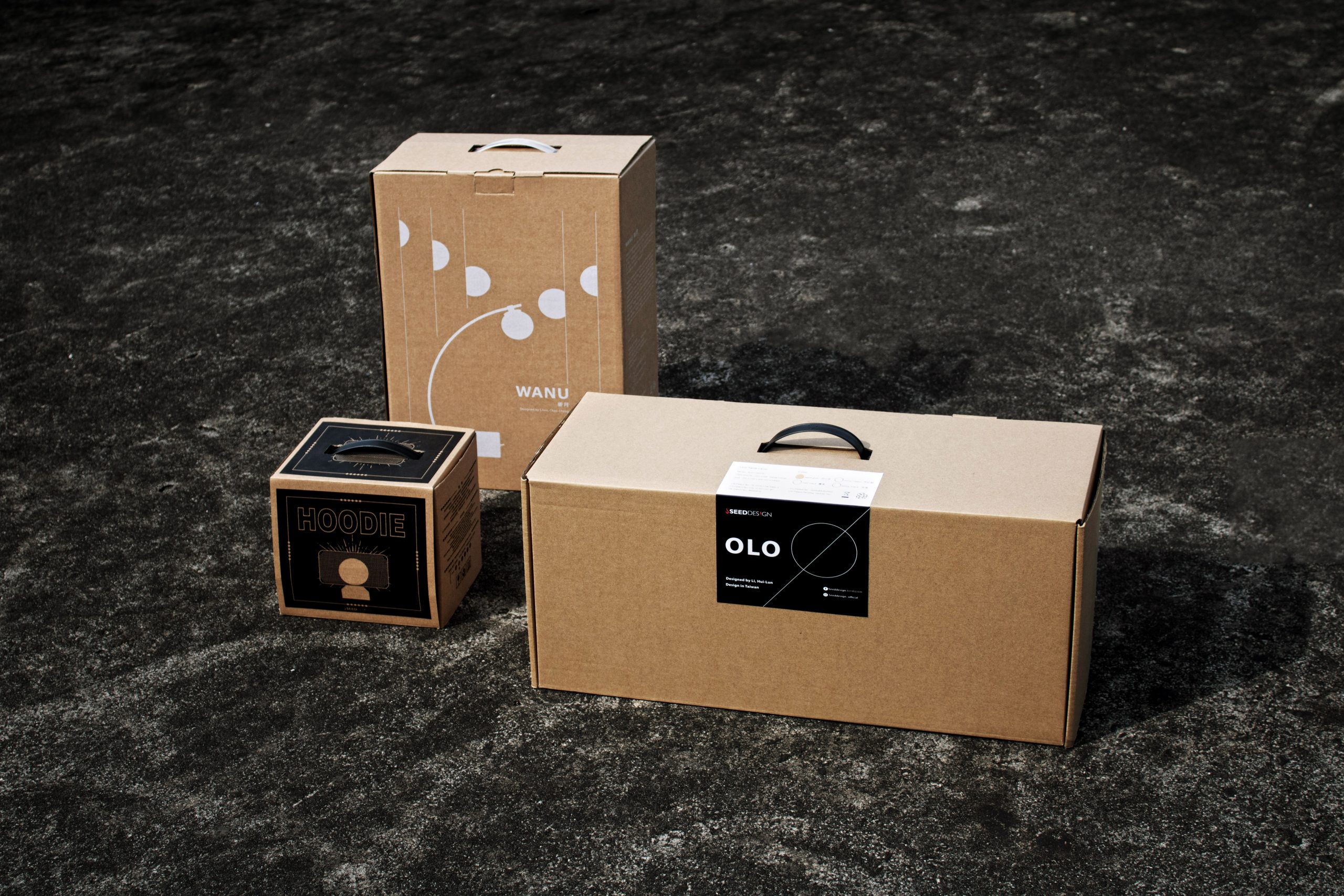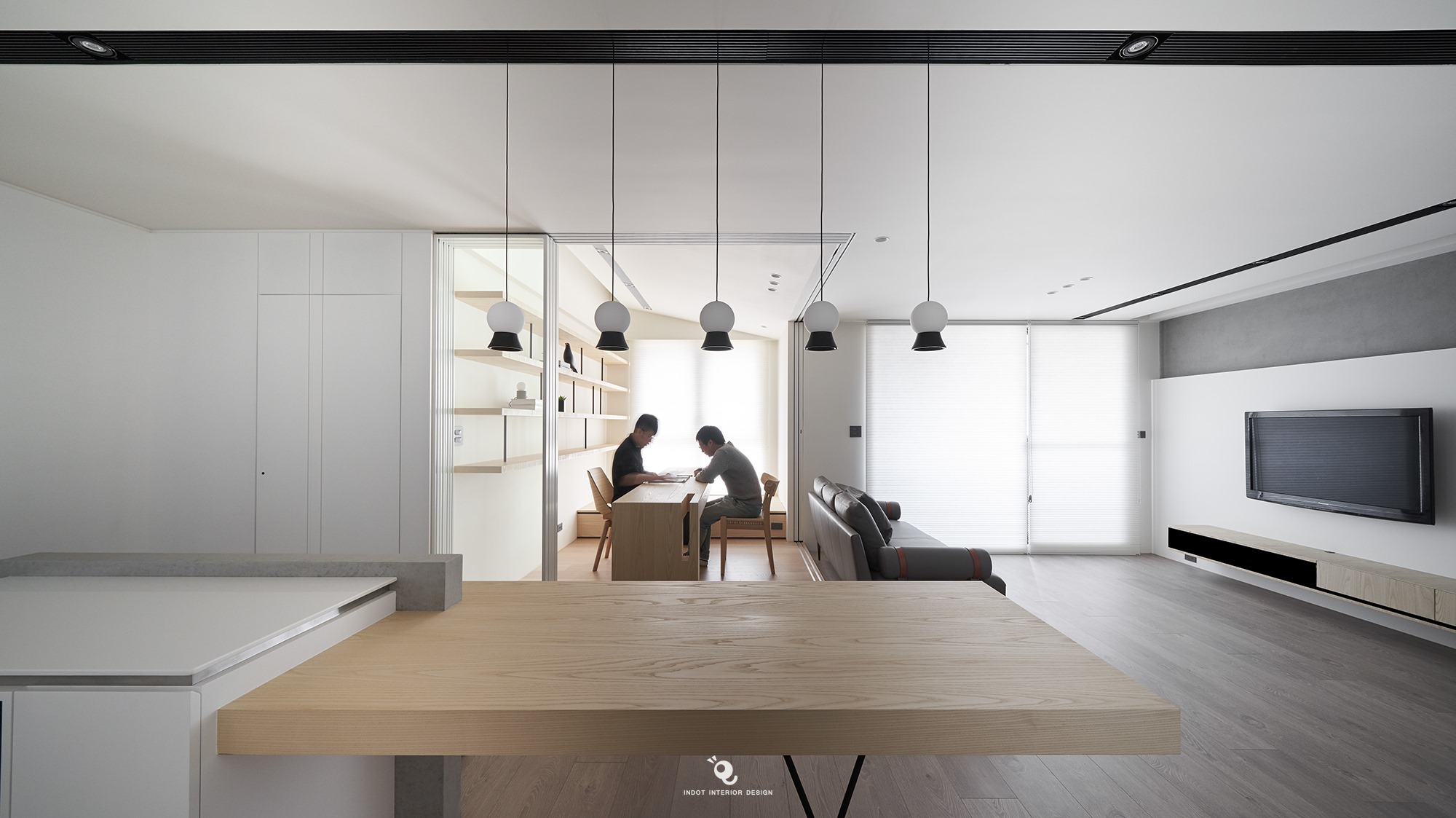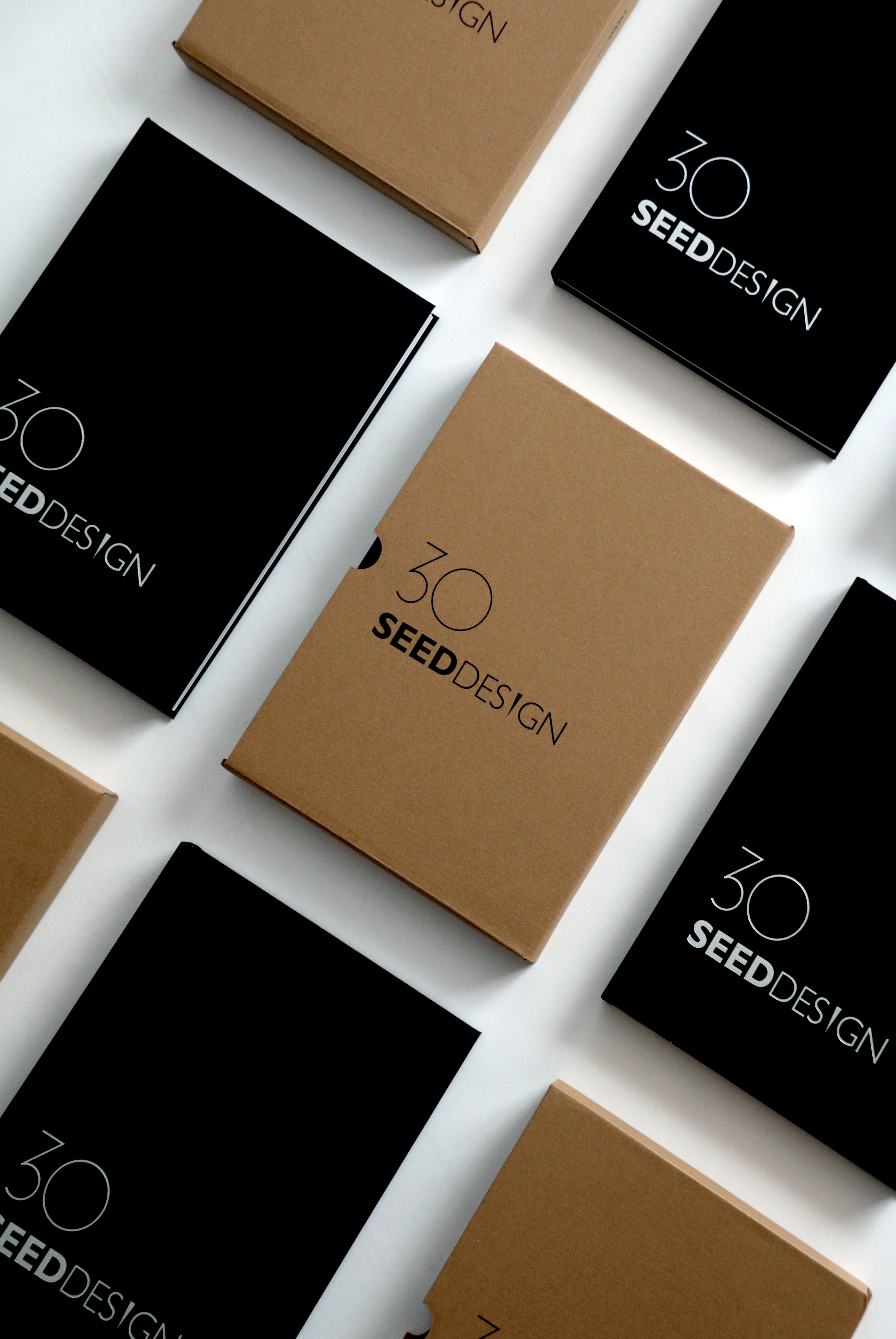What are the differences between the way people use lamps in Taiwan and other countries?
The way people use lamps and their need for lamps vary in different regions because of the different latitudes and architectural styles. For example, in areas with smaller residences, the lamps must be as small as possible because there is little space for movement. As for old houses in Europe and America, because of the architectural condition, people like to use portable lamps. They use floor lamps to light up the room, and the brightness they need is also different. Lamp usage in middle to high latitude countries is more about localized lighting atmosphere than total illumination of the entire room. But I am happy to say that more and more people in Taiwan are starting to pay attention to the localized lighting atmosphere at home.
As mentioned in the previous question, would this affect your design thinking?
I would say more or less because SEED’s lamps are sold to many countries. The purpose of design is to meet the general demand, so there are more aspects to consider in design and development. If we neglect the demands and usage, it would sometimes lead to a “waste of design.” For example, equipping a lamp that does not need to be very bright with a light source that is too bright requires higher wattage drivers, which will cause more power consumption.
We have tried to prevent such waste in the past year, constantly finding a way to maintain lamp quality without causing waste. This is a very interesting process, but it has made designing lamps much more challenging because the entire team, not just the designer, must know all of the details back to front.
Besides the product itself, you also participate in package design. What are your thoughts on this?
I think the key to the success of a product is not just the product itself. From receiving the product, the packaging, the manual to the installation, every step should be a great experience. We want people to be happy when they see the product and when they take it home with them. Each step is a surprise, and these surprises will form connections and memories in people’s hearts when they use the product. This is why I like to follow through with the entire process of product design.
Every unboxing I have done has become a meaningful memory. These little details make me feel that the product is worth the money, and it leaves a deeper imprint in my mind. You can only unbox something once. Even if you put it back after opening the package, it will not be the way it was before. This is why the first unboxing ritual is particularly important. We have continued to make changes to our packaging, such as adding a parts kit, because we want to increase customer participation.
What is the purpose and necessity of having good lamps at home?
I think it is important to have good lamps at home because they give a sense of ritual to life.
There are many ways to create a sense of ritual. Lamps are one of them, and they can change the setting and mood very easily. You do not need to spend a lot of time rearranging the items at home. The color temperature and brightness of the light alone can provide different atmospheres. This is just like the different times of day defined by the sun and changes in seasons marked by the solar terms. It is the same with quality lamps because they can create a variety of expressions in a room. I have three lamps at home, and I turn on each one at different times. This helps me differentiate the times of day at home, and it livens things up, especially during the work from home period.

